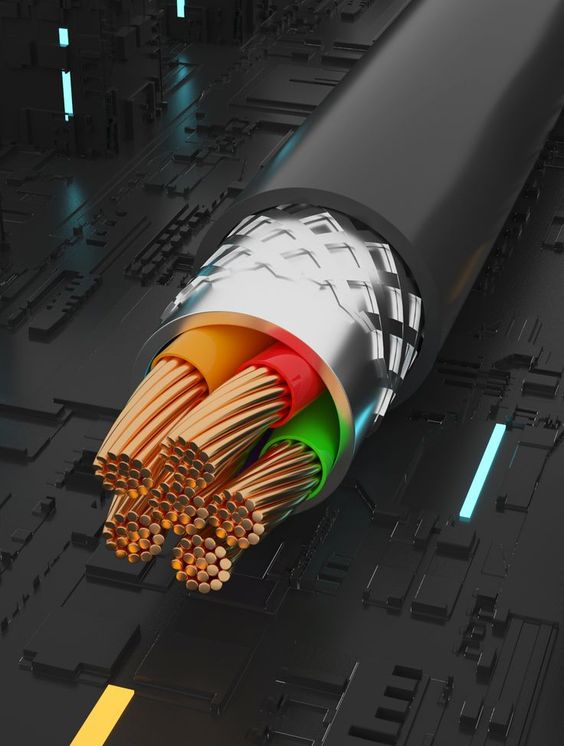Carbon nanotube cable technology
Carbon nanotube cable technology

Carbon nanotube cables promise a revolution in cabling! While carbon nanotube technology has generated widespread interest for applications ranging from semiconductors to medicine, high-performance electrical cables are among them.
Nanotube braided cables are made of the highest quality copper, aluminum and polyethylene materials for excellent electrical and mechanical performance.
These cables meet indoor or outdoor applications with robust outer coverings to protect against wear and environmental damage.
We at ZEM Group intend to describe in this article about nanotube cables and their applications.
Stay with us until the end of the article.
Applications of nanotube cables
With their unique physical properties, carbon nanotubes have the potential to outperform commonly used electrical wiring metals.
Any advances in this area of technology will be of great importance to industry, the economy, and the environment, as the global need for electrical energy and its efficient transmission and conversion increases rapidly.
Carbon nanotube fibers, which are assemblies made solely of carbon nanotubes, can be uniquely used in macroscopic electrical applications, including electrical wires and devices where function is enabled by these conductors.
Covering nanotube cables
CNT cables are now actively being developed for MIL-STD-1553B and IEEE 1394 cables for aerospace applications with the transition from prototypes to production in the next few years.
Early IEEE 1394 cables will use nanotube shielding, while MIL-STD-1553B cables will likely be the first all-nanotube production.
Nanotube cable covers combine high protective effect with significant weight savings.
A double-layer nanotube tape provides almost the same protection as a copper tape at high frequencies (approximately 50 dB at 4 GHz) but weighs less than 2% of the tape it replaces.
However, the high resistance of nanotube coatings means poor shielding performance below 100 MHz and an inability to provide protection against lightning strikes.
For double-braided cables common in aerospace applications, replacing one of the braids with nanotubes allows the remaining tape to handle low-frequency noise and lightning, while the nanotube sheath handles higher frequencies. Weight saving is 25-30% for composite cover structures.
The structure of nanotube cables
Since progress is being made in the field of the possibility of using nanotube materials in cables, two other issues are also worth mentioning. The first is how to terminate the nanotube cables. Nanotube conductors are compatible with existing connectors and can be terminated by standard crimping techniques with modified tooling and die settings.
Testing the mechanical strength of the folds shows that the nanotube fibers fail before the folds disappear.
Covers can be terminated to back shells with steel strips and other compression techniques.
Strips and fibers are also compatible with soldering using special alloys.

Leave a Reply